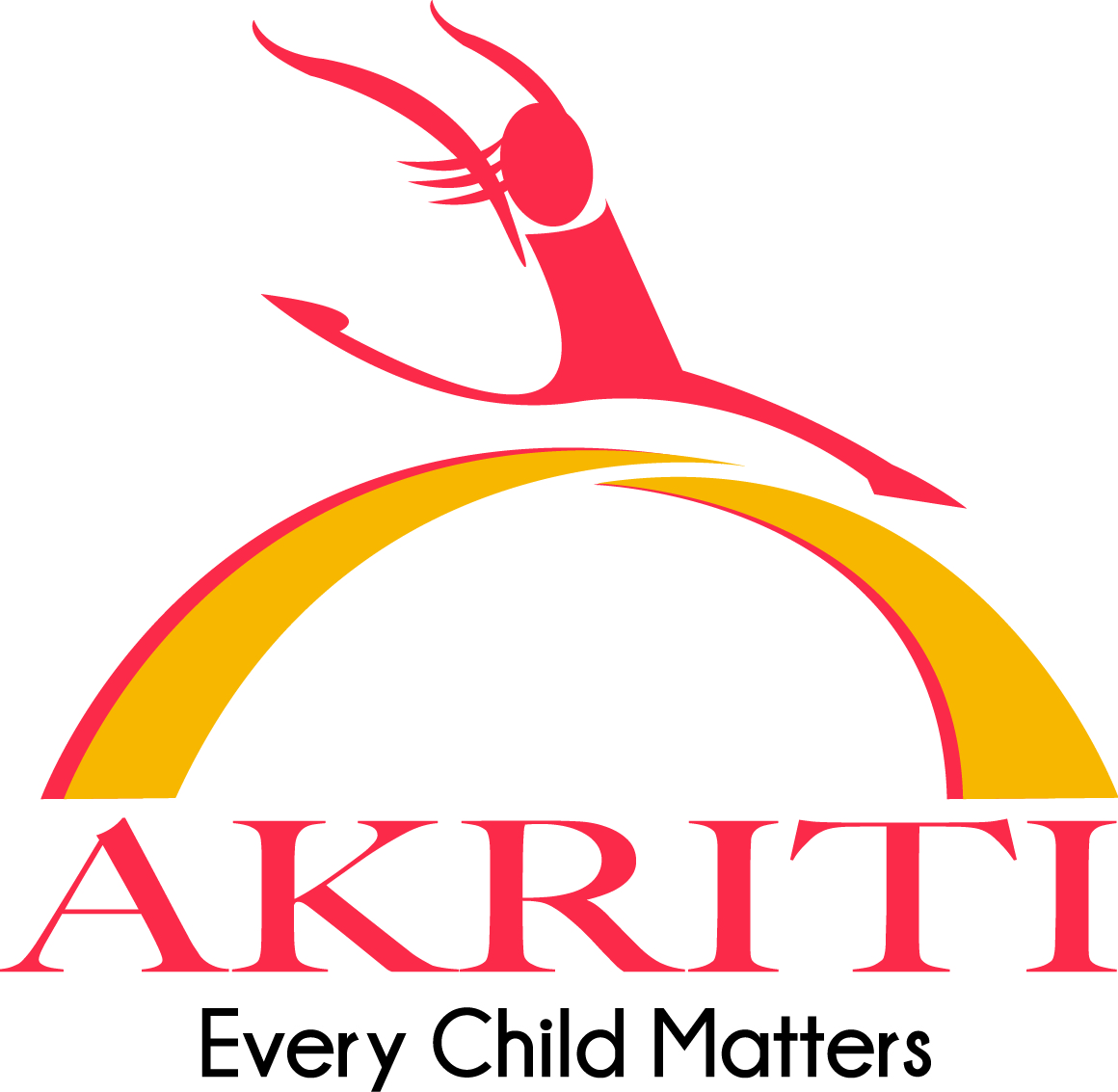FAQs
Learning Disabilities (LD) are neurologically based processing problems. It affects the brains ability to receive, process, store and respond to information. These processing problems interfere with basic skills such as reading, writing and/or math.
Dyslexia is one type of learning disability. Other learning disabilities besides Dyslexia include the following:
- Dyscalculia – A mathematical disability in which a person has unusual difficulty solving arithmetic problems and grasping math concepts.
- Dysgraphia – A condition of impaired letter writing by hand—disabled handwriting. Impaired handwriting can interfere with learning to spell words in writing and speed of writing text. Children with dysgraphia may have only impaired handwriting, only impaired spelling (without reading problems), or both impaired handwriting and impaired spelling.
- Attention Deficit Disorder (ADD) and Attention Deficit Hyperactive Disorders (ADHD) – Can and do impact learning but they are not learning disabilities. An individual can have more than one learning or behavioral disability. In various studies as many as 50% of those diagnosed with a learning or reading disability have also been diagnosed with ADHD. Although disabilities may co-occur, one is not the cause of the other.
Dyslexia is a learning disorder that affects your child’s ability to read, spell, write, and speak. With appropriate support and intervention, children with Dyslexia can achieve success in school.
Dyslexia is thought to be one of the most common language-based learning disabilities. It is the most common cause of reading, writing, and spelling difficulties. Of people with reading difficulties, 70-
80% are likely to have some form of dyslexia. It is estimated that between 5-10% of the population has dyslexia, but this number can also be as high as 17%.
Although it used to be thought that more boys experienced dyslexia than girls, current research shows that dyslexia occurs in approximately equal proportions.
Dyslexia can be difficult to diagnose, but an early sign is that a child is not learning to read as would be expected. Language difficulties can be early indicators. A child who is not performing at his or her level in spite of proper instruction may be dyslexic. The child will need assessment to confirm if the child is dyslexic.
Dyslexia is not a disease. It’s a lifelong condition. Therefore there is no cure for Dyslexia. A child with dyslexia will learn to read and write with the help of proper intervention. They learn strategies that will help them cope in their school curriculum as well as their daily lives.
No. Dyslexics can be taught strategies that can be applied throughout the lifetime. A multisensory structured method helps adults as well as children. Early intervention is the key, but intervention at any time can be effective.
With a systematic remedial approach, your child will learn to read -- most dyslexics do. In addition to a good intervention program, your child's strengths, talents, and interests need to be fostered.
Focus on their strengths.
Your child will require a formal academic assessment from a certified clinician. The assessment reports will tell you about the child’s area of difficulty and the current grade level the child is in. These reports need to be shared with a remedial teacher who will then start the sessions for your child.
This is the most common question asked by the parents. Every child is different. He/she develops and learns at his/her own pace. Duration of therapy/remediation depends on how your child is responding to intervention and achieving goals. The Remedial instructor will provide you with an update based on the child’s progress.
Intensive sessions may be the best way to learn a new set of skills. Once new skills are mastered and your child is able to apply it in his school setting, the Remedial Instructor may recommend taking a break.
We know that language, reading, and writing demands change as we age, and particularly while your child advances through school. Therefore, the need for remediation differs with class and grade level of the child. We always need to remember that dyslexia is lifelong.
BLISS Movement Therapy
BLISS stands for
B – Balance
L – Laterality
I – Integration
S – Stability
S – Sight
BLISS is an Integrated Movement Therapy, which incorporates several movements from varied fields like Occupational Therapy, Brain Gym, Yoga and other traditional game movements.
If the child experiences difficulties in the areas outlined below.
- Developmental delay (not reaching developmental milestones of sitting, crawling, and walking)
- Gross motor skills (movement, strength & balance)
- Fine motor skills (small movements made with fingers, toes, wrists, lips, and tongue)
- Visual processing ( recognizing letters, copying shapes or letters, Visual tracking and crossing midline, copying from the board or another paper)
- Oral motor skills (control of muscle movements in the face and oral area, such as the lips, jaw, tongue, and soft palate)
- Sensory processing (making sense of information that we receive through our senses, like sound and smell)
- Social interaction skills (interacting socially and engaging with family and peer)
- Learning challenges (Inattention, reading, spelling & handwriting issues, memory issues and lack of academic skills)
- Play skills (age appropriate play skills such as initiating, imitating & interactive play, learning concepts of sharing and turn taking)
Children with the following medical conditions may benefit from BLISS Therapy:
- Sensory Processing/Integrative Disorders
- Learning Disability/Dyslexia
- Attention Deficit Hyperactive Disorders
- Autism and Related Disorders
- Developmental Co-Ordination Disorder
- Developmental Delay
- Down Syndrome
Sensory Processing Disorder is a condition in which the brain has trouble receiving and responding to information that comes in through the senses such as touch, movement, vision, smell, taste and hearing.
Children with sensory processing disorder are oversensitive to things in their environment.
For example, Common sounds, touch, movements may be painful or overwhelming for the child.
Children who struggle to write letters the right way around, remember spelling and concentrate on tasks often have underlying visual perception problems.
BLISS therapists usually work on the underlying motor problems, attention challenges or visual perceptual deficits that may be contributing to or causing academic difficulties for the child.
BLISS Therapy sessions last for about 45 minutes. Depending upon the deficits of the child, the child will be advised to come for therapy for minimum 4 days a week.
BLISS therapy treatment can be given in long term or short term basis depending upon their level of severity of issues. If therapy is given to the child on regular basis, treatment will be more effective and the child will show a lot of progress.
However, the therapy intervention period purely depends on the child because each and every child has different needs. Once the child achieves improvements in all the areas of underlying deficits and the child starts to be independent in performing his/her daily activities independently, then therapy can be stopped with the approval of the BLISS therapist.
It is necessary to follow the home program given by the therapist to avoid relapse.

